Nowadays, wherever you see, there's a poster for abacus classes. Parents and teachers hype using abacus alike.
Ever wondered what is it. What's all the fuss about this ancient Asian calculator? Or do you fall in the category who has never heard about it. Either way, it's okay.
For I am going to provide a detailed information on What is abacus and its different types. So, if you're also newbie on this topic, hop on. Let's find out.
- What is Abacus?
- The Origin In the olden times
- Different Types of Abacus
- Conclusion
- FAQ’s
- 1. What is an Abacus?
- 2. What are the main parts of an Abacus?
- 3. How does an Abacus work?
- 4. What are the uses of an Abacus?
- 5. Is the Abacus still relevant today?
- 6. Can I learn to use an Abacus easily?
- 7. Are there different types of Abaci?
- 8. What are the benefits of learning with an Abacus?
- 9. Can adults benefit from using an Abacus?
- 10. Where can I buy an Abacus?
What is Abacus?
1. Abacus is a mathematical device used for
calculating mathematical functions–addition, subtraction, multiplication, and division. It is also used for calculating square roots and cube roots.
There are several counting frames–suanpan, soroban, schoty, and the contemporary abacus. Although most of these resemble the basic functioning, there is a significant difference in their parts.
2. Parts of Abacus
An abacus is basically a counting device. While the earliest models were counting boards, the modern models are counting frames. In this section, I will tell you about its different parts.
Frame

A frame is the outer body of the counting device that holds together the other parts, such as the beads and the rods.
The old versions were made by carving sections on wood. But beginning with the Chinese version, we have a proper frame.
Both the Chinese and Japanese abaci were made with wooden frames. But a modern-day Japanese abacus has a metallic frame. However, the modern-day abacus used in most schools is made with a wooden frame.
Rods

The rods hold the beads in a counting frame and make the device appear divided into rows.
A regular modern suanpan has 7 to 23, 27, or 31 (any odd number) vertical rods, and the current abacus model (Danish abacus) has 10 horizontal rows. Similarly, a rekenrek also has horizontal rods, but only two in number.
Bar

The bar is the horizontal rod in a suanpan or soroban that divides the vertical rods and makes two sections in the devices: the upper deck and lower deck.
Beads
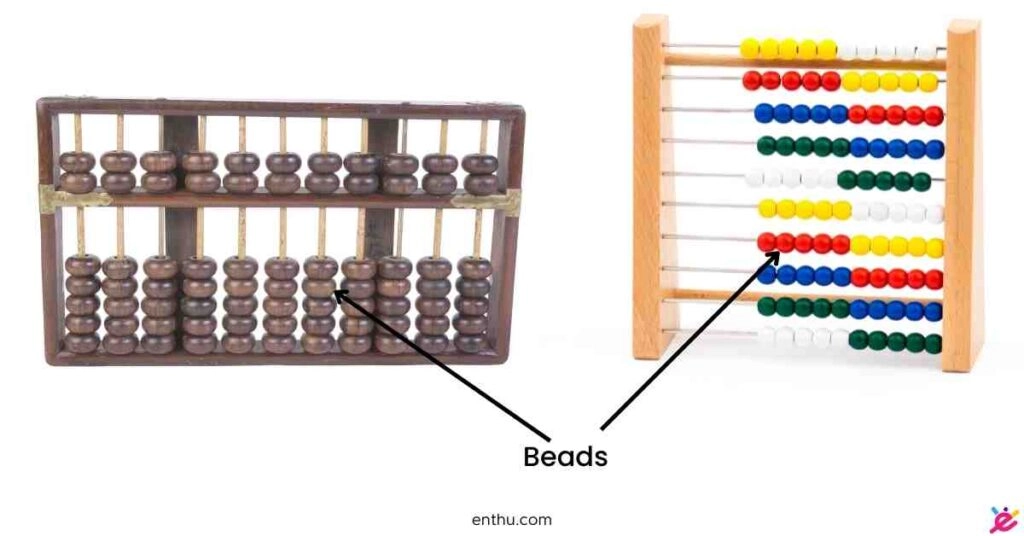
Beads are the little bi-conical shapes in the counting device made with wood, metal, or (previously) wool and pebbles. These are the counting units in abaci.
If the abacus has two decks, then, the beads on the rods of the upper deck are upper beads. Similarly, the beads on the rods of lower deck are lower beads.
House points or Decimal points

There are little dots that appear on every third rod in a soroban/suanpan, which helps track your calculations. These dots/points are called House/Decimal points in an Abacus.

The Origin In the olden times
1. People Used
Like sticks, pebbles, and different seeds as an abacus. Some communities also carved sections on a wooden surface and divided them into vertical and horizontal rows to calculate using this method. They used stones instead of beads to move up and down the carved rows to calculate.
This wonderful Chinese invention first traveled through Korea to Japan and Taiwan, then to Russia, and other parts of the world.
It was so widely used that at one point near the 16th and 18th centuries, most business transactions by merchants and shopkeepers were done using the abacus calculator.
2. Who Invented Abacus?
Honestly, the abacus history is debatable to some extent. Although the abacus we know today resembles the Chinese suanpan, many consider the Roman hand abacus the original abacus.
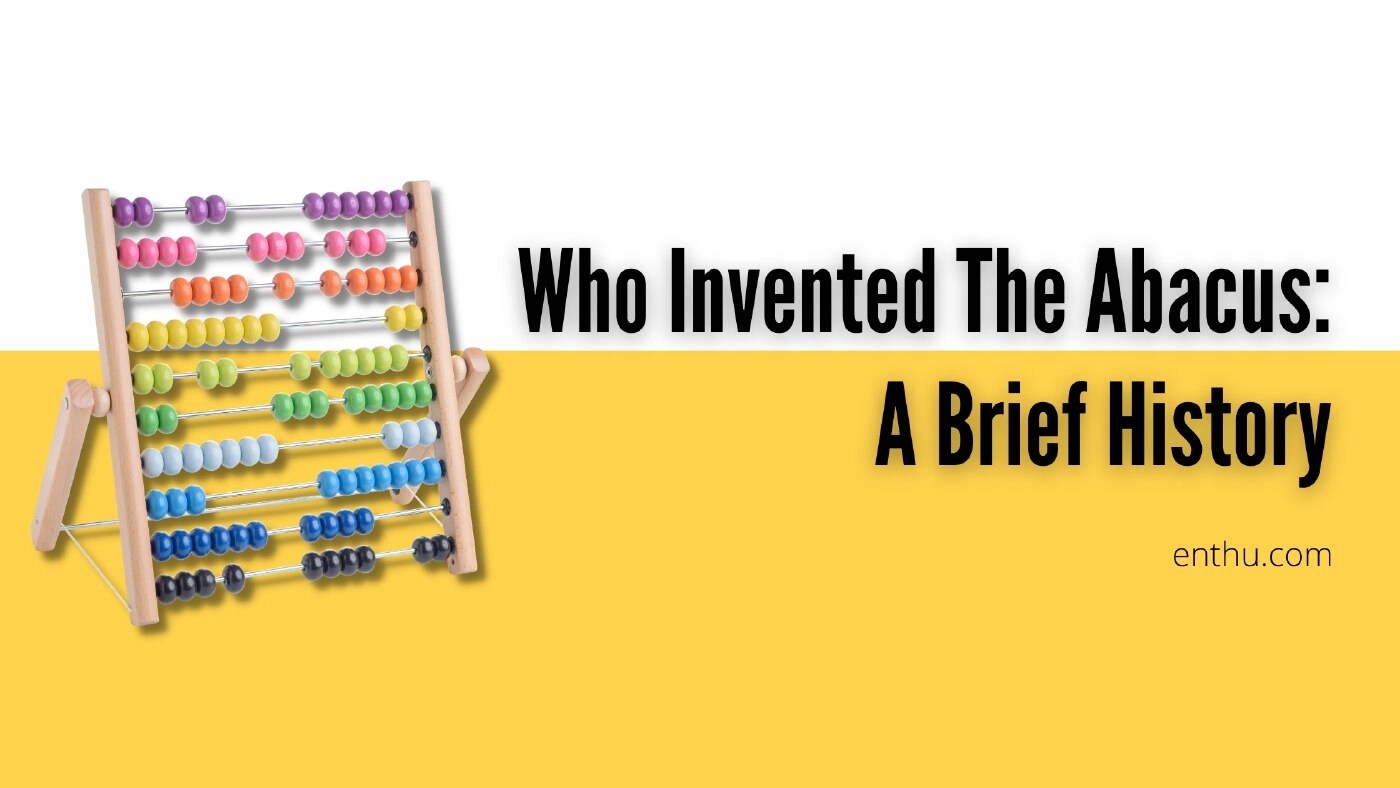
However, as a matter of fact, the Roman abacus wasn't the first of this kind of counting device. The first of this kind is the Salamis tablet found on Salamis Island.
It was invented as far back as 300 BC. It's a marble slate with 150 × 75 × 4.5 cm dimensions. People used pebbles on various locations on the Salamis tablet to calculate. In addition, it followed a Greek calculating method.
Between the era of the Salamis Tablet and the Chinese suanpan, we have several other counting boards/devices, such as the Roman hand abacus, Khipu, and Exchequer. Overall, I think the Chinese suanpan is the origin of the modern-day abacus.

Different Types of Abacus
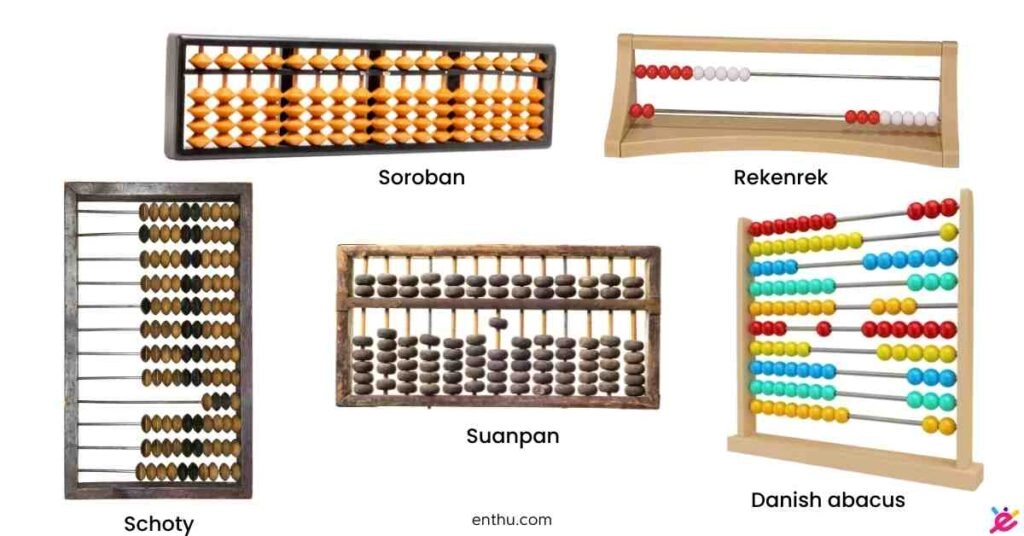
1. Suanpan | The Chinese Abacus
Origin Originated as early as in 190 CE China, This counting frame was widely used in China, Japan, Taiwan, and Korea. Now, it is also popular in the west.
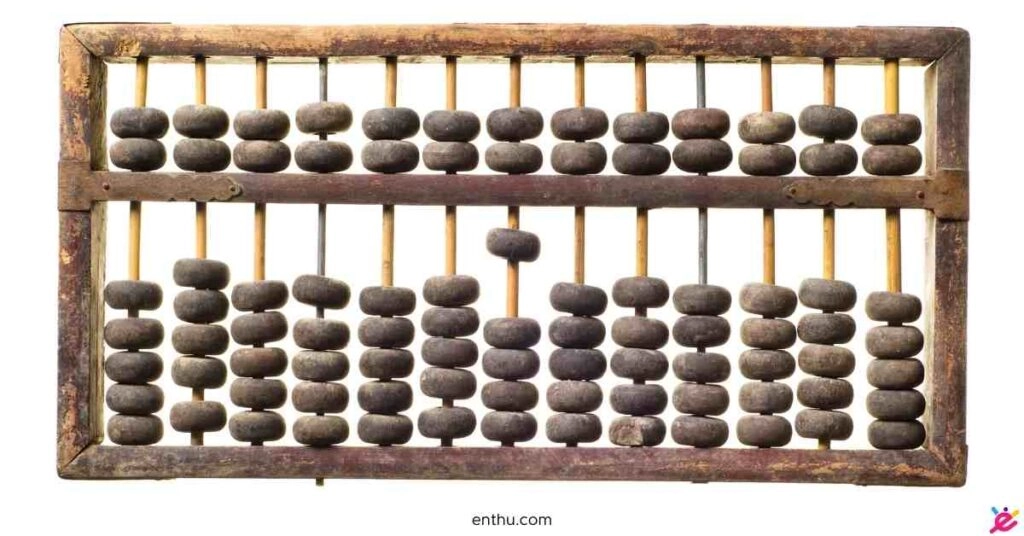
Parts of Suanpan Generally, a suanpan is 20 cm tall and comes with 2 decks (upper deck and lower deck) and more than 7 rods. In the older models, the upper deck has two beads on each rod, and the lower deck has five beads on each rod.
2. Soroban | The Japanese Abacus
Origin Soroban is a type of abacus or a counting tray that originated from the Chinese Suanpan back in the 14th century. Therefore, it is also called as the Modern Suanpan.
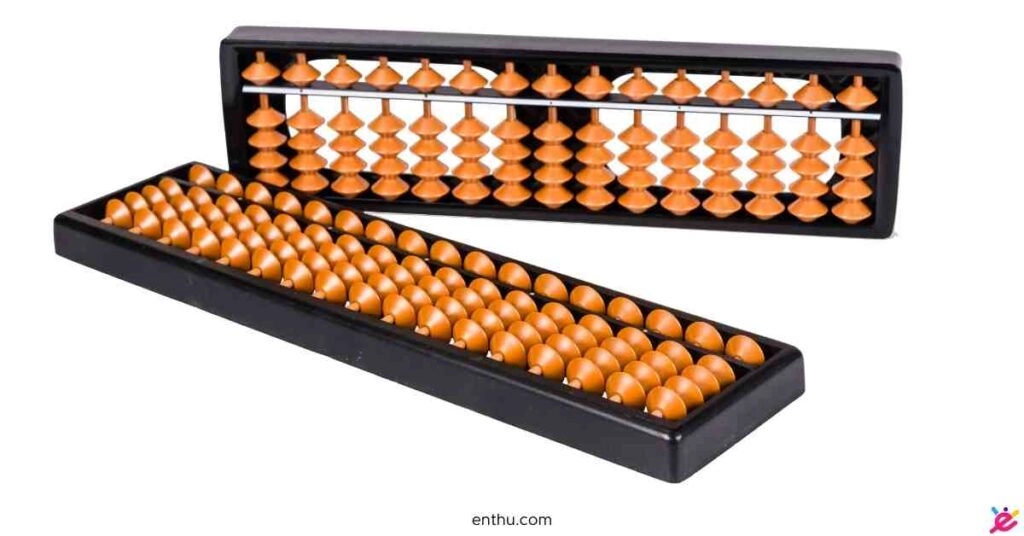
Parts of Soroban In Japan, the modern Chinese Suanpan is Soroban, as Suanpan translates to Soroban in Japanese.
It has one bead on each rod on the upper deck and four beads on each rod on the lower deck. Even though the total number of rods varies from 7 to 21, 23, 27, or 31, the total number is specifically always odd.
The brilliancy of this counting tray lies in its amazing decimal system, which is another reason it's still so popular. Besides that, it features a dot on top of every third rod that works as the thousands.
These dots are also the decimal separators. Not to forget, the cleaning button that undoes the counting and takes it back to zero.
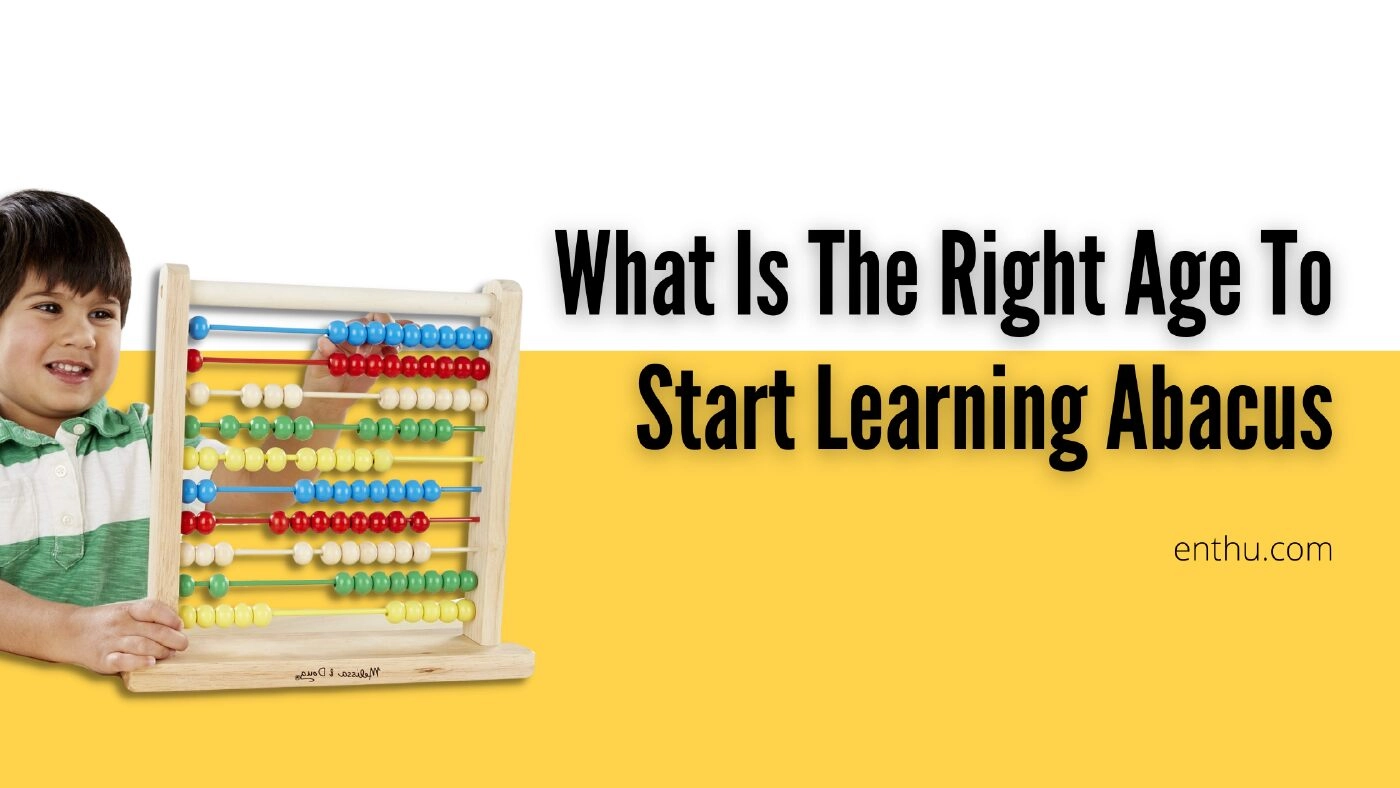
3. Schoty | The Russian Abacus
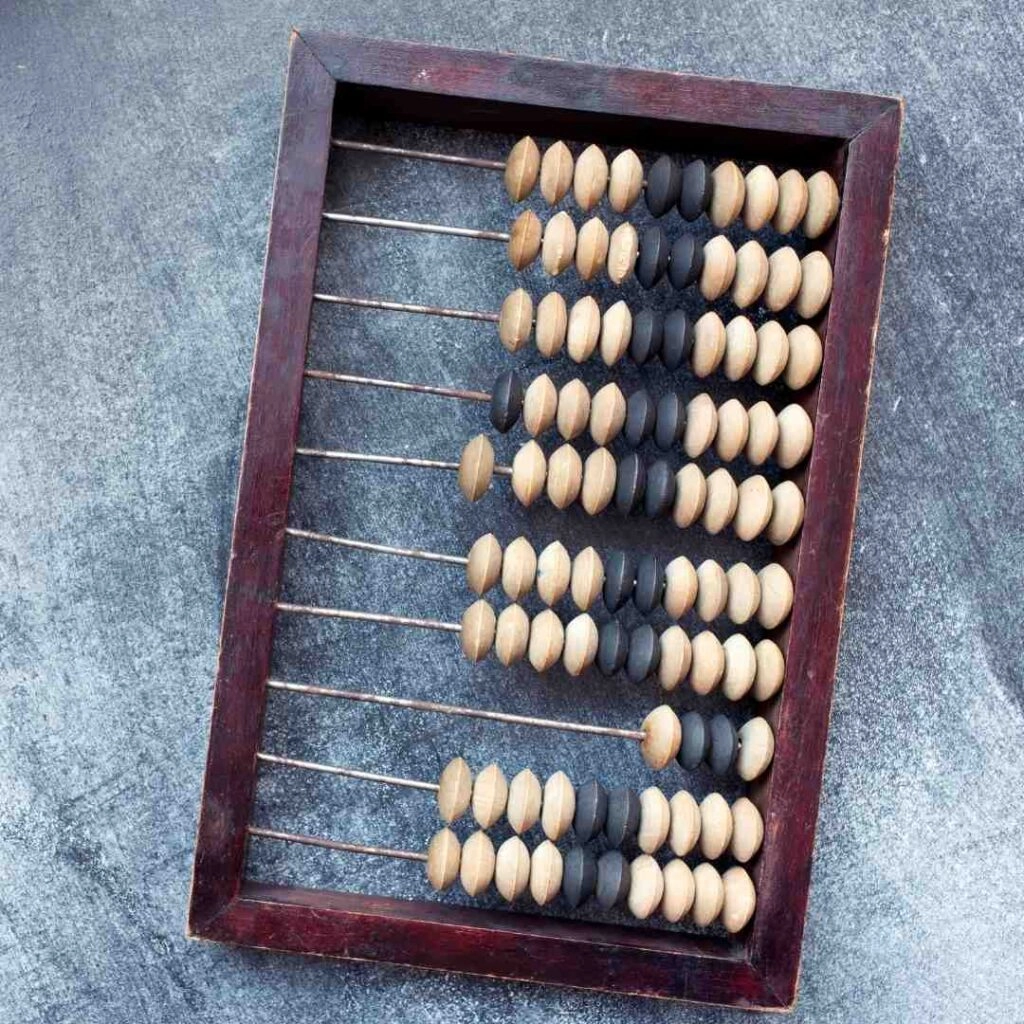
Origin
Schoty, the counting frame, was invented in 17th century Russia. Being influenced by suanpan and soroban, it's also made up of rods and colorful beads.
Parts of Schoty
Although schoty resembles suanpan and soroban in terms of the rods and beads, when it comes to the number of decks, it’s just a rectangular wooden / metallic frame without any sections.
There are a total of 12 rows with 10 beads on each row, except for the eighth row, which has 4 beads. On each row, the fifth and the sixth beads are of a different color than the other beads.
4. Danish

When we talk about the contemporary abacus, I have two things in mind–one, the modern suanpan, and another, the abacus for schools.
The modern suanpan is mostly manufactured in a metallic frame with vertical rods divided into two sections by a bar.
The upper section has 1 bead on each rod, and the lower section has 4 beads on each rod. The abacus for kids (school children) resembles the Russian model – schoty — as it also has horizontal rods.
It features 10 rods and 10 beads on each rod. The rainbow-like colored beads are the most striking part of this device.
5. Rekenrek
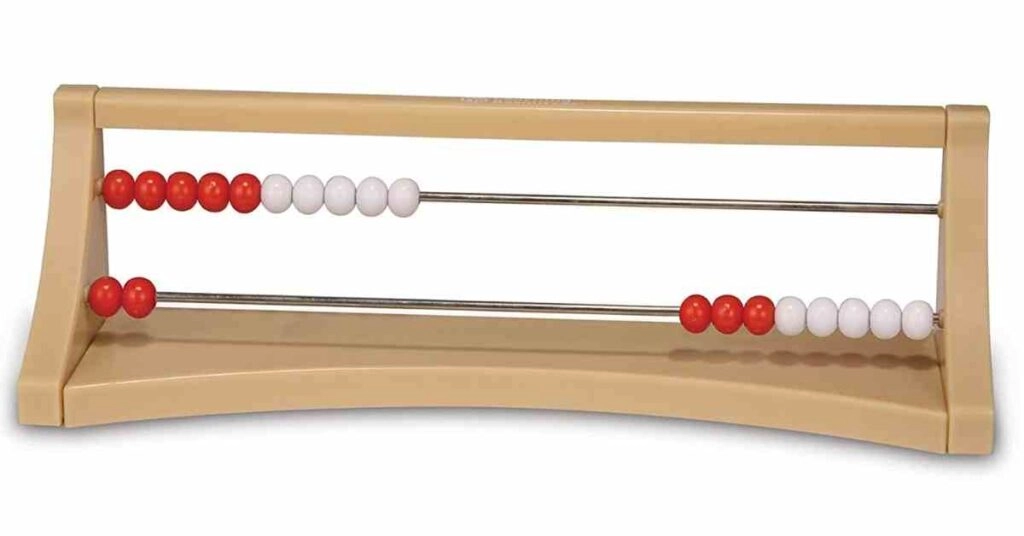
Rekenrek is the simplified version of Danish. It has only 2 horizontal rods with 10 beads on each of them. Rekenrek vs Danish to decide which abacus to use.
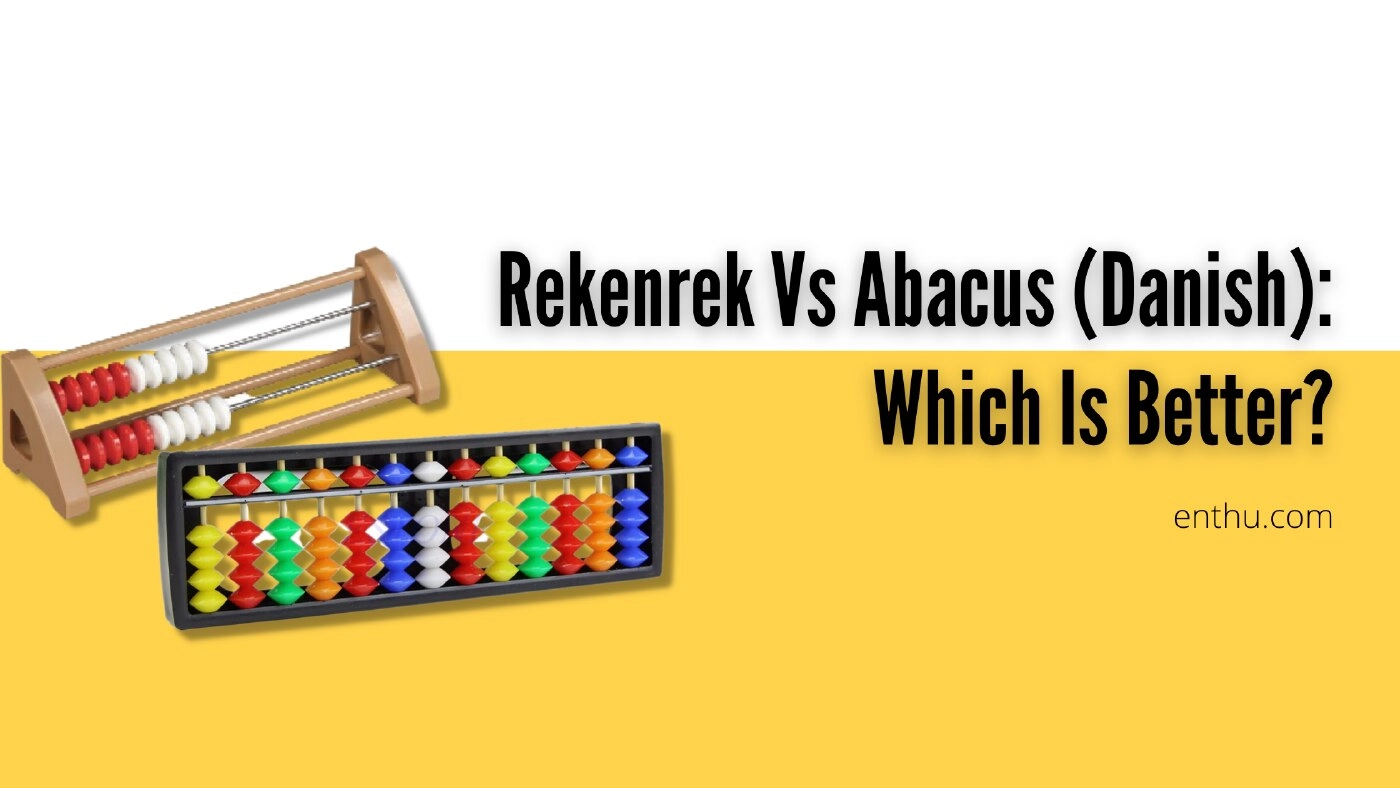
Uses of Abacus
Preschoolers and kindergarteners learn numbers.
Primary classes learn counting.
Teaching mental math.
As study materials, while teaching mathematics to visually-impaired people
As a tool in brain-development programs.
Book a Free Consultationenthu.com
Book a Free Consultation
Conclusion
Although it's an ancient counting device, it is still a popularly used tool in various schools. Composed of a rectangular frame, it consists of rods, bars, beads, and house points.
Abacus has its own pros and cons. But the surprising part is, despite its effectiveness, there are still many schools and parents who don't know about it.
Dear reader, I hope this blog gives you a basic understanding of the abacus. Please share it with your friends and family and encourage them to use an abacus.
FAQ’s
1. What is an Abacus?
An abacus is a traditional counting tool used for performing arithmetic processes. It consists of a frame with rods or wires on which beads are moved to represent numbers and perform calculations. It is widely used in various cultures and continues to be a valuable educational tool for improving mathematical skills.
2. What are the main parts of an Abacus?
An abacus typically consists of the following parts:
Frame: The outer structure that holds the rods in place.
Rods: Vertical wires or rods where beads are strung.
Beads: Small, movable units representing different values. In the commonly used Chinese abacus, each rod usually has two beads in the upper section and five in the lower section.
Base: The bottom part of the abacus that provides stability.
3. How does an Abacus work?
The abacus works on the principle of place value, similar to our current number system. Each rod represents a different place value (units, tens, hundreds, etc.), and the position of the beads indicates the numerical value.
Moving the beads up or down performs basic arithmetic operations like addition, subtraction, multiplication, and division.
4. What are the uses of an Abacus?
The abacus has several uses, including:
Teaching Mathematics: It helps learners visualize and understand basic arithmetic concepts.
Mental Calculation: Regular use of the abacus can enhance mental calculation skills and improve speed and accuracy.
Cognitive Development: Using an abacus can develop concentration, memory, and problem-solving skills in children.
Historical Research: The abacus serves as an important artifact for studying ancient mathematics and commerce.
5. Is the Abacus still relevant today?
Yes, the abacus remains relevant today, particularly in educational settings for teaching basic mathematics to children. Additionally, in some cultures, it is still used for calculations in business and trade. Its simplicity and effectiveness make it a valuable tool in developing foundational arithmetic skills.
6. Can I learn to use an Abacus easily?
Absolutely! With practice, anyone can learn to use an abacus. There are numerous online resources, courses, and tutorials available to guide beginners through the process. Starting with simple calculations and gradually advancing to more complex operations can make learning enjoyable and effective.
7. Are there different types of Abaci?
Yes, there are various types of abaci, including:
Chinese Abacus (Suanpan): Features a unique arrangement of beads with two on the upper section and five on the lower.
Japanese Abacus (Soroban): Utilizes a simpler design with one bead on the upper section and four on the lower.
Russian Abacus (Schoty): Vertical design predominantly used in Russia and Eastern Europe. Each type has its own unique features and methods for calculation.
8. What are the benefits of learning with an Abacus?
Learning with an abacus can offer several benefits, such as:
Enhanced understanding of mathematical concepts.
Improved problem-solving and critical thinking skills.
Development of fine motor skills through bead manipulation.
Boosting confidence in handling numbers and calculations.
9. Can adults benefit from using an Abacus?
Yes, adults can benefit from using an abacus as well. It can enhance their mental calculation abilities, improve focus, and even provide a fun way to engage with math. It's also beneficial for professionals who require quick number processing.
10. Where can I buy an Abacus?
Abacuses can be purchased at educational supply stores, online marketplaces, and specialty shops focused on learning tools. They come in various styles and price ranges, catering to different needs and preferences.
Feel free to reach out for more information or resources on how to effectively utilize an abacus!

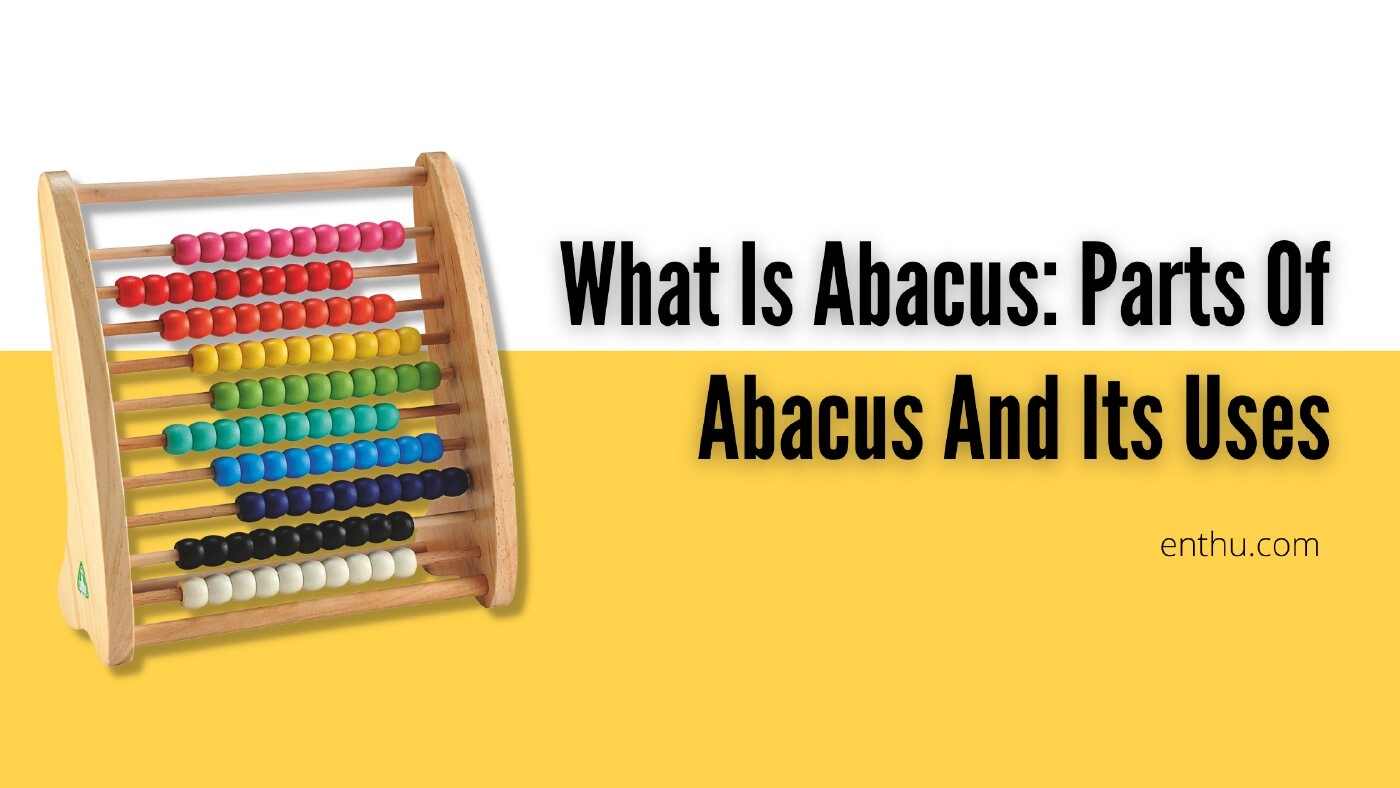
Comments